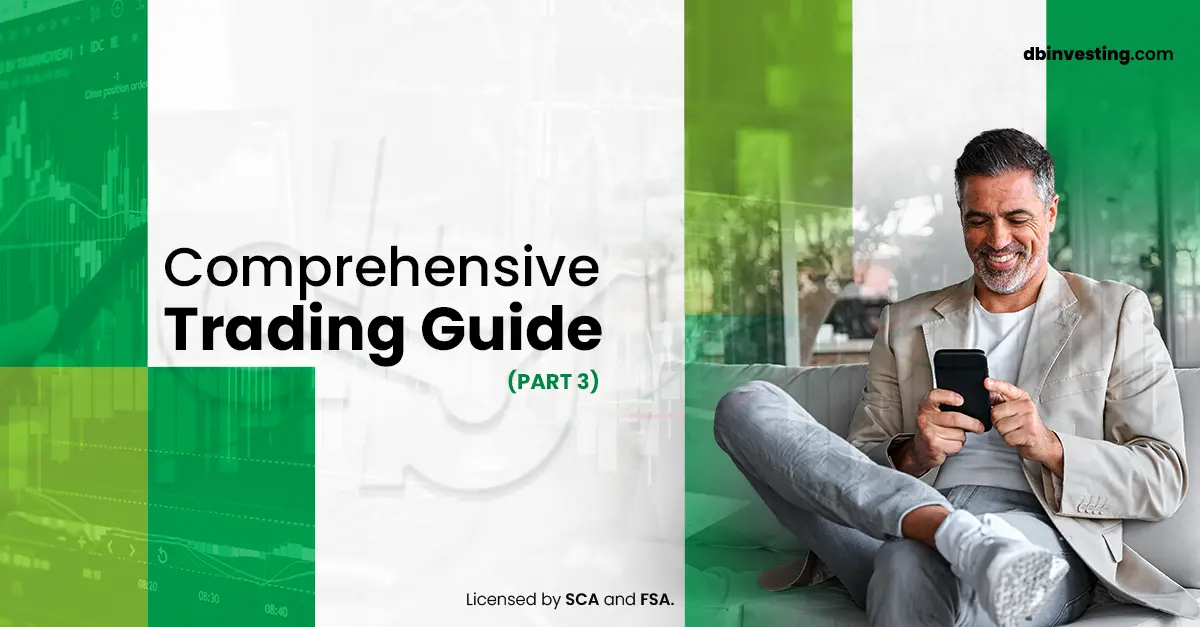Global financial markets have experienced a wave of sharp declines since yesterday, affecting various asset classes—from gold and stocks to oil and digital currencies. These significant downturns have raised concerns among investors and sparked questions about their causes and underlying factors. The common thread appears to be the widespread panic and uncertainty, prompting many to avoid risks and shift toward cash liquidity, which has impacted both safe-haven assets and risky assets alike. Below is an analytical look at the key factors behind the decline in gold, the pressure on U.S. stocks, the drop in oil prices, and the sudden collapse of digital currencies.
Gold Loses Its Shine in the Face of Cash Liquidity
Gold has traditionally been seen as a safe-haven asset during times of turmoil. However, in recent declines, it has lost some of its appeal. Despite prevailing uncertainty, many investors have preferred to hold cash rather than the yellow metal. Gold prices have notably fallen due to this shift in preference, as investors opted for liquidity in anticipation of opportunities in other assets that have dropped in value. Analysts suggest that this trend toward cash has led to widespread liquidation of gold holdings. Amid the broader market crash, some have sold gold to cover losses elsewhere or to strengthen their cash positions, contributing to the decline in gold prices despite economic uncertainty.
U.S. Stocks Under Pressure: A Correction or the Beginning of a Crisis?
The stock markets were not immune to the storm, with U.S. stocks facing intense selling pressure, raising concerns about the market’s direction. Major indices on Wall Street saw sharp declines, with the Dow Jones Industrial Average dropping over 2% and Nasdaq falling by about 4% in a single session. This rapid drop has revived the question of whether this is just a healthy correction following a long period of upward movement or the beginning of a deeper financial crisis.
Several factors have driven this pullback in stocks, with one of the main causes being the escalation of tensions in the trade dispute between Washington and Beijing, along with the threat of new tariffs, which has sparked fears of a slowdown in global growth. Additionally, the uncertainty surrounding U.S. monetary and fiscal policy has heightened concerns about a potential economic recession. Under these pressures, many investors have opted to reduce their exposure to stocks and remain cautious until the outlook becomes clearer. Some analysts view the current drop as a temporary correction following a prolonged rise, while others warn that it may be an early warning sign of a deeper crisis if current conditions persist.
Oil Between the Hammer of Supply and the Anvil of Demand
In the energy market, oil has found itself between the hammer of abundant supply and the anvil of weakening demand. Oil prices have taken a clear hit amid global economic tensions and increased supply from producers. The decision by the OPEC+ alliance to continue increasing production has fueled a supply surplus at a time when global demand growth is slowing. In parallel, concerns about the trade dispute and an economic slowdown have led to downward revisions in energy demand forecasts. The result has been an imbalance between supply and demand—an oversupply of crude against weak demand—placing prices quite literally “between the hammer of supply and the anvil of demand.” In this situation, it’s not surprising that investors have temporarily pulled back from the oil market, waiting for greater economic clarity and a return to balance between production and consumption.
Bitcoin and the Sudden Collapse: Vanishing Bullish Hopes?
Even digital currencies were not spared from the global sell-off, with the largest of them, Bitcoin, experiencing a sudden drop that wiped out much of its previous gains. After a period of optimism that had taken Bitcoin to new record levels, the current downturn has dashed the hopes of many bulls. Bitcoin’s price fell by around 15% from its recent peak, dropping to nearly $80,000, and more than $350 billion of the market capitalization of digital currencies was lost. This occurred amid a global aversion to risk, with investors opting for cash and safe assets over high-volatility assets due to growing economic concerns. With this crash, expectations for a quick return to bullish momentum in this market have diminished—at least until the panic subsides and investors regain some confidence.
In the end, these concurrent declines reveal the interconnectedness of global markets under the strain of negative sentiment: when fear dominates, cash liquidity reigns supreme, and even what is considered a safe-haven asset sees a decline. While the immediate losses have been severe, some may view them as paving the way for attractive buying opportunities at lower levels. The lingering question remains: Is what we’ve witnessed merely a passing storm that will be followed by a quick rebound, or are we at the beginning of a deeper crisis that will require greater caution in the coming period?


